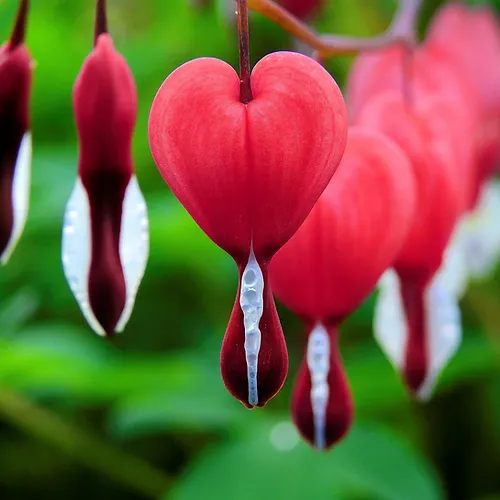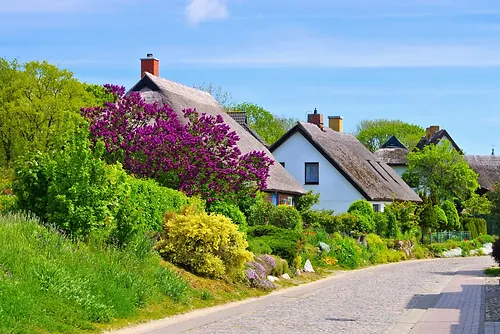America’s vast and diverse landscapes are adorned with a magnificent array of plants and trees, making it a botanical wonderland. From the towering redwoods of the Pacific Northwest to the delicate desert blooms in the Southwest, the country’s botanical diversity is a testament to the beauty and resilience of nature. In this article, we embark on a journey through America’s rich flora, exploring the factors that contribute to its abundance and the importance of preserving this precious natural heritage.

The Influence of Geographic Diversity
America’s geographic diversity plays a significant role in shaping its plant life. The country’s vast landmass spans various climate zones and ecosystems, including forests, grasslands, wetlands, deserts, and coastal regions. This diversity of landscapes creates a myriad of habitats that support an impressive range of plant and tree species, each adapted to its unique environment.
Climate Zones and Ecological Niche
The United States experiences a wide range of climate conditions, from the cold winters of the northern states to the tropical climates of the South. This climatic variation provides different ecological niches that nurture a wealth of plant life. From the majestic oak trees of the temperate forests to the cacti thriving in the arid landscapes, America’s climate zones offer homes to a diverse botanical tapestry.
Biodiversity Hotspots: Gems of Flora
America is home to several biodiversity hotspots, regions that boast an exceptionally high concentration of unique and rare plant species. The California Floristic Province, for instance, is renowned for its extraordinary plant diversity, hosting an impressive array of wildflowers, ancient trees, and endemic species found nowhere else in the world.
Conservation Efforts for Preservation
Recognizing the value of its natural heritage, America has made significant strides in conservation efforts. National parks, nature reserves, and protected areas have been established to safeguard the delicate ecosystems and preserve the habitats of numerous plant and tree species. These conservation initiatives contribute to the long-term survival of many native plants and help maintain the balance of delicate ecosystems.
Impact of Human Migration and Global Trade
Over the centuries, human migration and global trade have brought plants and trees from different parts of the world to America. These introduced species have integrated into the landscape, adding to the country’s botanical diversity. Some of these exotic plants have become iconic elements of the American scenery, such as the cherry blossoms in Washington, D.C.
The Role of Horticulture and Agriculture
American horticultural and agricultural practices have contributed to the cultivation and introduction of a wide variety of plants and trees. Fruit-bearing trees, ornamental plants, and flower gardens have become staples of American landscapes, showcasing the creativity and love for gardening.
Preserving a National Treasure
America’s botanical diversity is a national treasure to be cherished and protected. The rich tapestry of plants and trees provides essential ecosystem services, supports biodiversity, and enhances the quality of life for both humans and wildlife. By recognizing the value of this natural heritage and supporting conservation efforts, we can ensure that future generations will continue to marvel at the splendor of America’s botanical wonders.
America’s botanical diversity is a source of wonder and pride, reflecting the country’s vast landscapes, climate variations, and diverse ecosystems. From native species to introduced plants, each contributes to the vibrant tapestry that adorns this beautiful land. As we continue to explore and appreciate America’s rich flora, let us also embrace our responsibility to protect and preserve this precious natural heritage for generations to come. By nurturing and respecting our botanical wonders, we can ensure that America’s botanical legacy endures as a testament to the beauty and resilience of our environment.
As an Amazon Associate we earn from qualifying purchases through some links in our articles.




